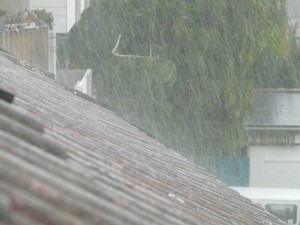 California may think it’ll finally see some relief from the extreme drought that has gripped the region for several years because this year’s El Nino is predicted to be massive, bringing heavy rains – and with that the potential of mudslides and flooding in southern California.
California may think it’ll finally see some relief from the extreme drought that has gripped the region for several years because this year’s El Nino is predicted to be massive, bringing heavy rains – and with that the potential of mudslides and flooding in southern California.
CBS/AP reports: “Weather models this year show a 60 percent chance of above-average rainfall in Southern California, but that figure declines farther north…”
There’s a downside. Northern portions of California and parts of Nevada are only looking at between a 50% chance, down to 33% as you head north. Unfortunately, most of the state’s reservoirs are located in the northern portion of California, meaning heavy rains in southern California won’t do much to alleviate drought conditions as its infrastructure is designed to channel rainwater away from homes to prevent flooding – and water is washed out to sea.
The Pacific Northwest is expected to continue being very dry and drought conditions will persist mostly due to warm weather causing reduced snowpack across much of the Cascades Range and Olympic Mountains in Washington. So, while residents and businesses are being diligent about reducing water usage, there is certainly more that can be done on a municipal, county, federal and individual level.

“When the well is dry we know the value of water”, Benjamin Franklin

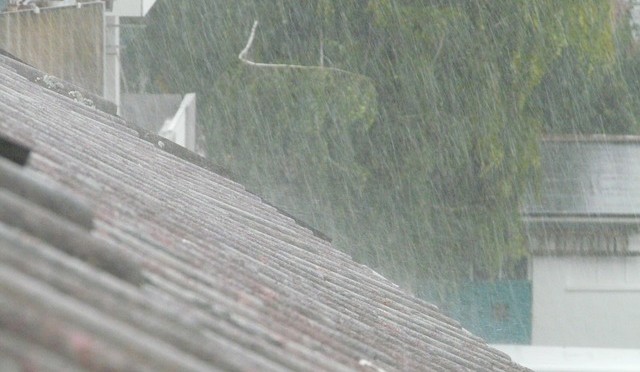
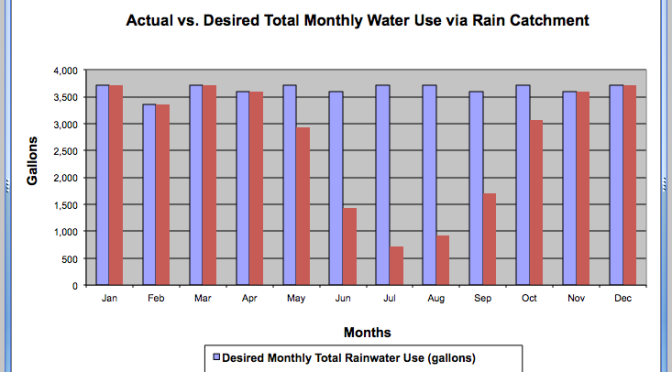
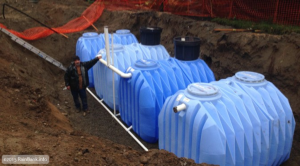 Just like rural homeowners, urban households can benefit from rainwater collection. Unlike rural homes, most city homes have less space available for storage. Slim line water tanks and underground storage options allow those who live in an urban environment to collect, store, and use rainwater for a number of purposes.
Just like rural homeowners, urban households can benefit from rainwater collection. Unlike rural homes, most city homes have less space available for storage. Slim line water tanks and underground storage options allow those who live in an urban environment to collect, store, and use rainwater for a number of purposes.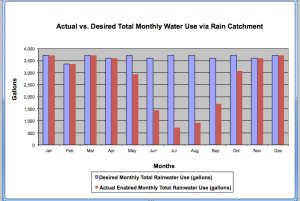

 October 1 is the official start of the rainy season in Washington State and even though annual rainfall met expectations, another dry, warm winter is predicted for the region. This means that the snowpack – the summer rain bank (see what I did there?) will be missing in action for another year.
October 1 is the official start of the rainy season in Washington State and even though annual rainfall met expectations, another dry, warm winter is predicted for the region. This means that the snowpack – the summer rain bank (see what I did there?) will be missing in action for another year.